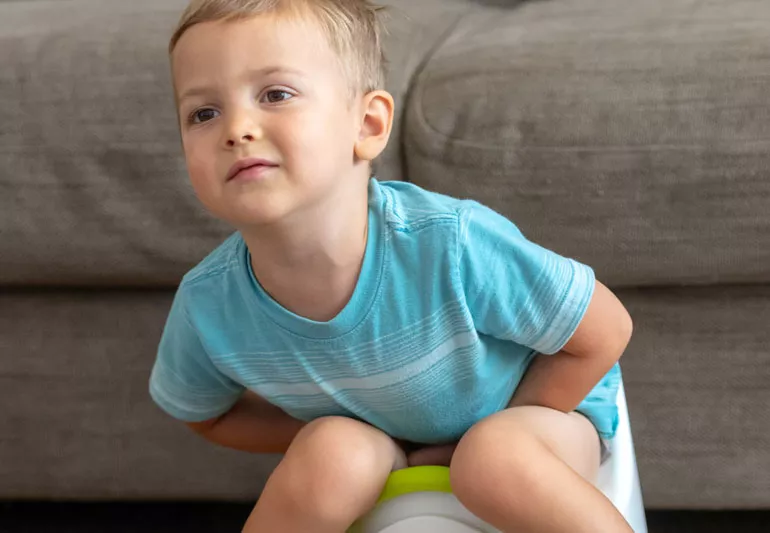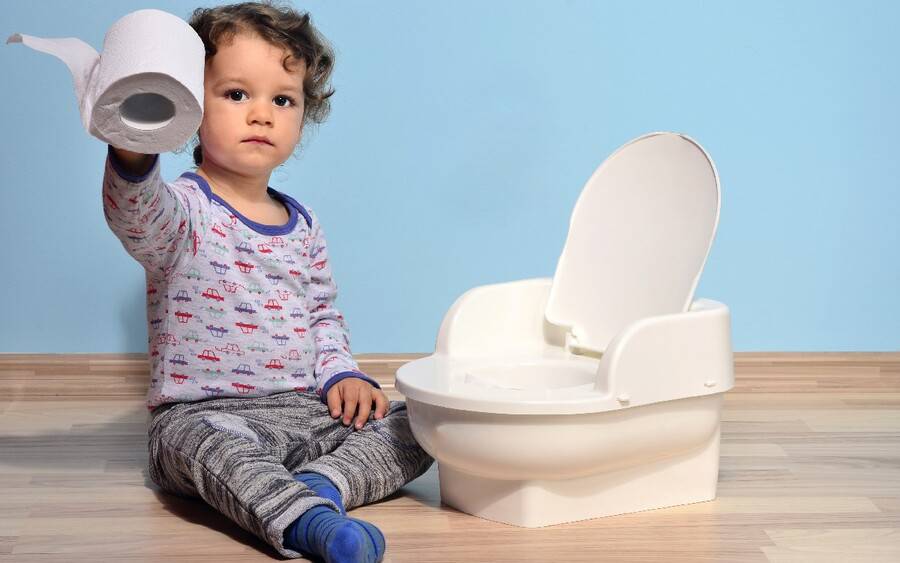I. Introduction
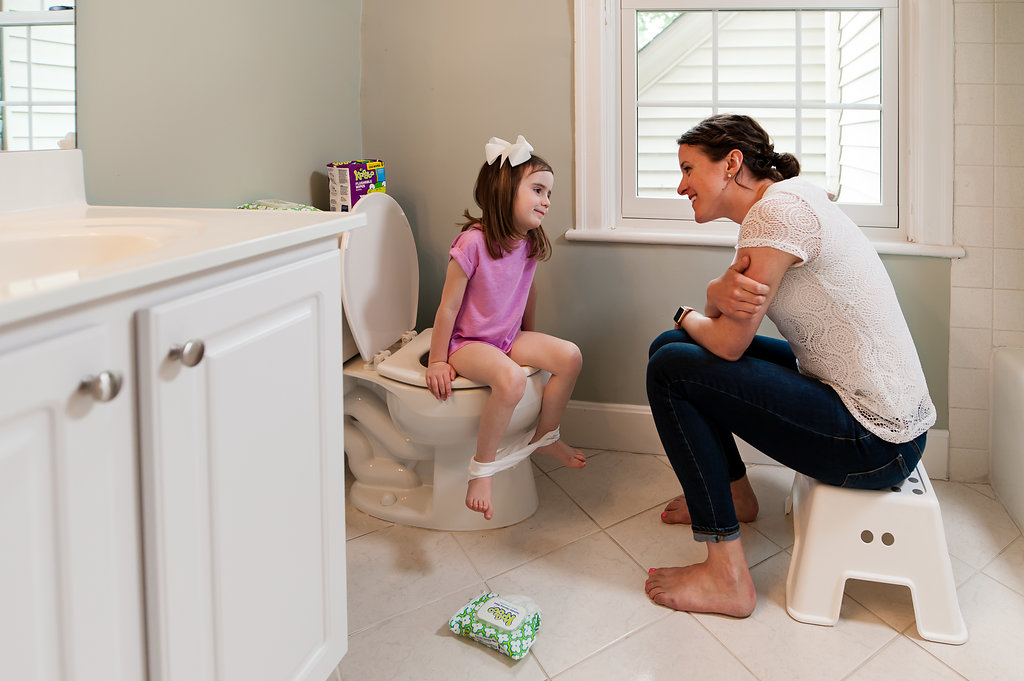
Potty training is an essential milestone in a toddler’s life. It not only marks their transition from diapers to using the toilet but also instills a sense of independence and self-confidence in them. Successful potty training is crucial for both the child and the parents, as it eliminates the need for diapers, reduces expenses, and promotes good hygiene habits.
Additionally, pooping on the potty has various positive effects on toddlers. It helps them develop better bowel control, prevents constipation, and improves their overall health and well-being. Moreover, toddlers who are successfully potty trained experience an increase in self-esteem and a sense of accomplishment.
II. Understanding Toddler’s Readiness for Poop Training
Before embarking on the potty training journey, it is important to identify the signs of physical and emotional readiness in your toddler. Physical signs may include staying dry for extended periods, showing awareness of their bodily functions, and having regular bowel movements. Emotional readiness involves your child expressing an interest in using the potty, mimicking bathroom behaviors, and being comfortable with toilet-related conversations.
Creating a supportive potty training environment is equally important. This can be done by ensuring that the child has easy access to the bathroom, providing them with a comfortable potty chair or seat adapter, and allowing them to have privacy during the process. Additionally, parents should encourage and praise their child’s efforts, making them feel safe and supported throughout their potty training journey.
III. Introducing the Concept of Pooping on the Potty
To familiarize toddlers with the idea of pooping on the potty, it is crucial to explain the purpose and process in a simple and age-appropriate manner. Children need to understand that the toilet is where big kids go to poop and that it is a natural part of growing up. Using child-friendly language and visual aids, such as pictures or diagrams, can help them better comprehend the concept.
Age-appropriate books and resources can also play a vital role in introducing the idea of pooping on the potty. There are numerous children’s books available that explain the process in a fun and engaging way, making it easier for toddlers to grasp the concept. Reading these books together and discussing the characters’ experiences can help your child feel more comfortable and excited about using the toilet.
IV. Establishing a Consistent Routine
Consistency is key when it comes to potty training, especially for poop training. Setting regular potty times throughout the day helps toddlers develop a routine and understand when it is expected of them to use the toilet. It is recommended to schedule potty breaks approximately 30 minutes after meals, as this is when the body is most likely to have a bowel movement.
Verbal and visual cues can be helpful in reminding toddlers to use the potty. Verbal cues could involve using specific phrases such as, “It’s time to sit on the potty and try to poop,” while visual cues might include placing a picture or symbol in the bathroom as a reminder. These cues serve as gentle prompts and can support your child in remembering and initiating the act of pooping on the potty.
V. Making the Potty Experience Comfortable and Appealing
A. Choosing a comfortable potty seat
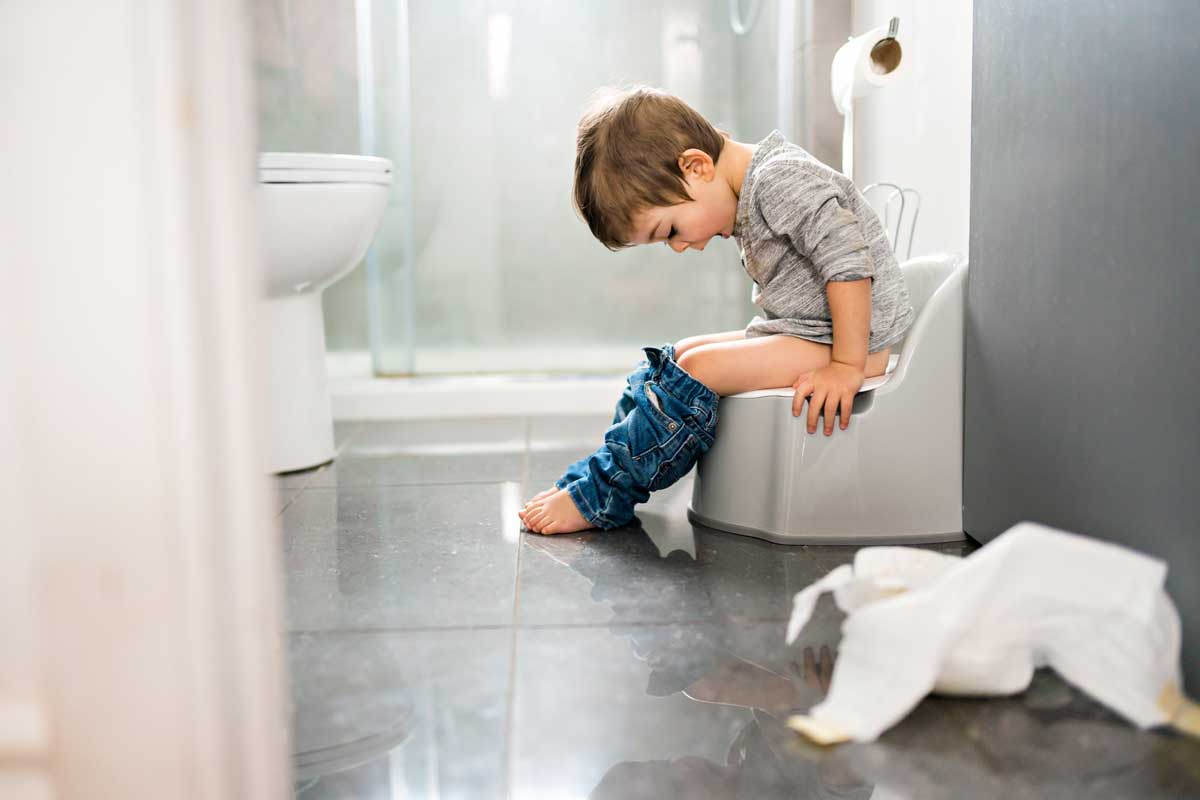
When it comes to potty training, comfort is key. Selecting a comfortable potty seat will help your child feel at ease during their potty time. There are various types of potty seats available, from traditional standalone potties to seats that can be attached to the toilet. Take your child’s preferences into consideration when choosing a seat – some children may prefer a smaller standalone potty, while others might feel more secure using a seat attachment on the toilet.
B. Providing encouragement and rewards
Potty training can be a challenging and sometimes frustrating process for both parents and toddlers. To make it more enjoyable, it’s important to provide plenty of encouragement and rewards. Praise your child for using the potty, even if they don’t successfully go every time. Offer small rewards like stickers or a favorite snack as a way to motivate and reinforce good potty habits. Remember to be patient and understanding, as every child progresses at their own pace.
C. Creating a pleasant atmosphere through music or toys
Creating a pleasant and inviting atmosphere can help your child feel more comfortable and relaxed during their potty sessions. Play their favorite music or sing songs together to make the experience more enjoyable. Some children may respond well to having a special toy or book specifically designated for potty time. These distractions can also help keep them occupied while they wait for nature to take its course.
VI. Teaching Proper Techniques and Skills
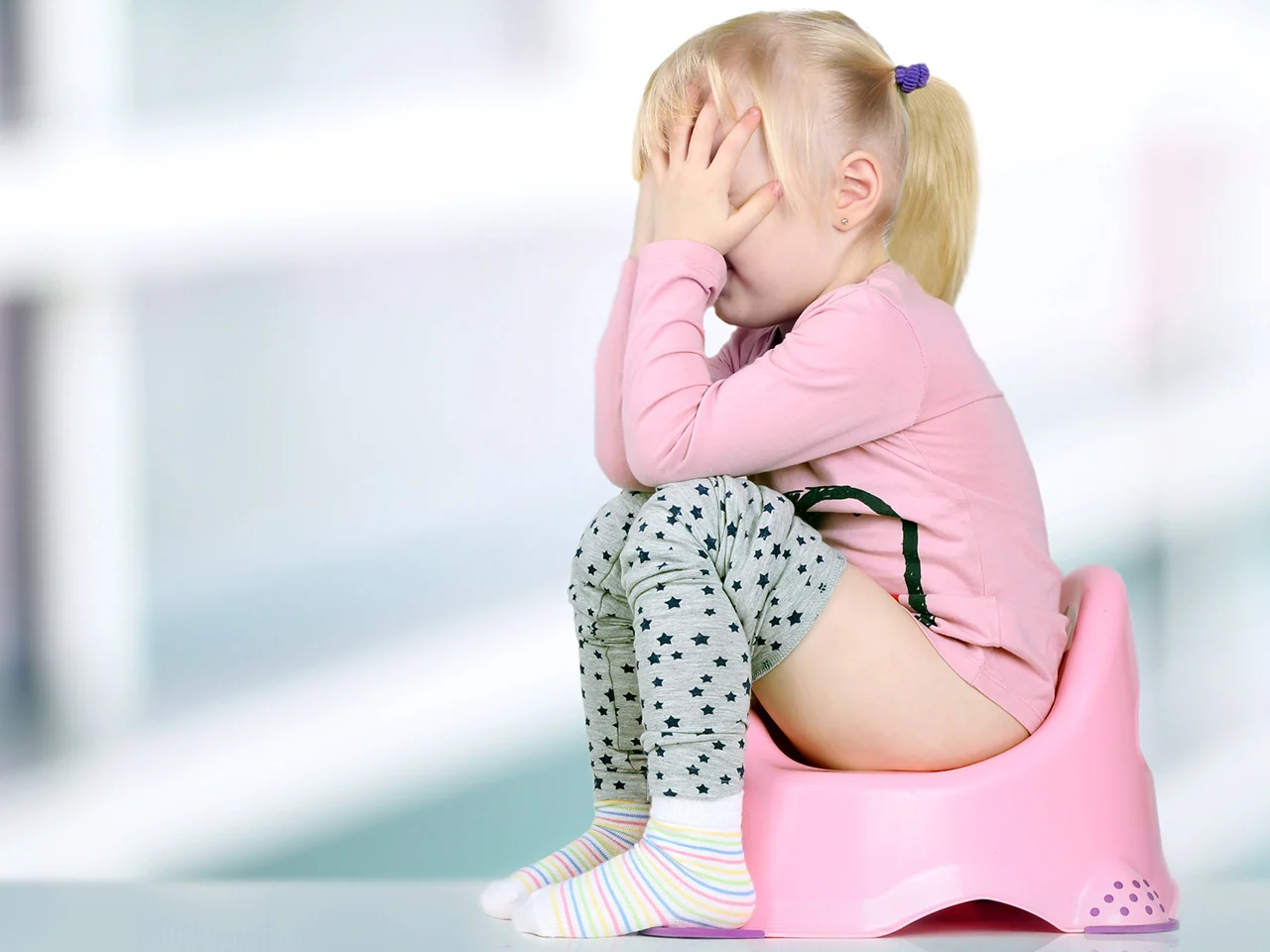
A. Demonstrating proper sitting posture on the potty
One essential aspect of potty training is teaching your child proper sitting posture on the potty. Show them how to sit with their feet flat on the ground or a step stool, their back straight, and their legs slightly apart. Demonstrate the correct position and help your child practice until they feel comfortable adopting this posture on their own.
B. Teaching toddlers how to relax and push
Many children struggle with understanding the concept of letting go and pushing during bowel movements. Teach your child how to relax and push by emphasizing deep breathing exercises. Encourage them to take slow, deep breaths and exhale gently while sitting on the potty. It may also be helpful to explain the sensation of needing to go and how the muscles in their body work together to eliminate waste.
C. Encouraging hygiene habits after pooping
Developing good hygiene habits is an important part of potty training. Teach your child to wipe themselves from front to back to prevent any contamination. Additionally, emphasize the importance of washing their hands thoroughly with soap and water after each visit to the potty. Make handwashing a fun and interactive activity by providing colorful soaps or singing a handwashing song together.
VII. Dealing with Challenges and Setbacks
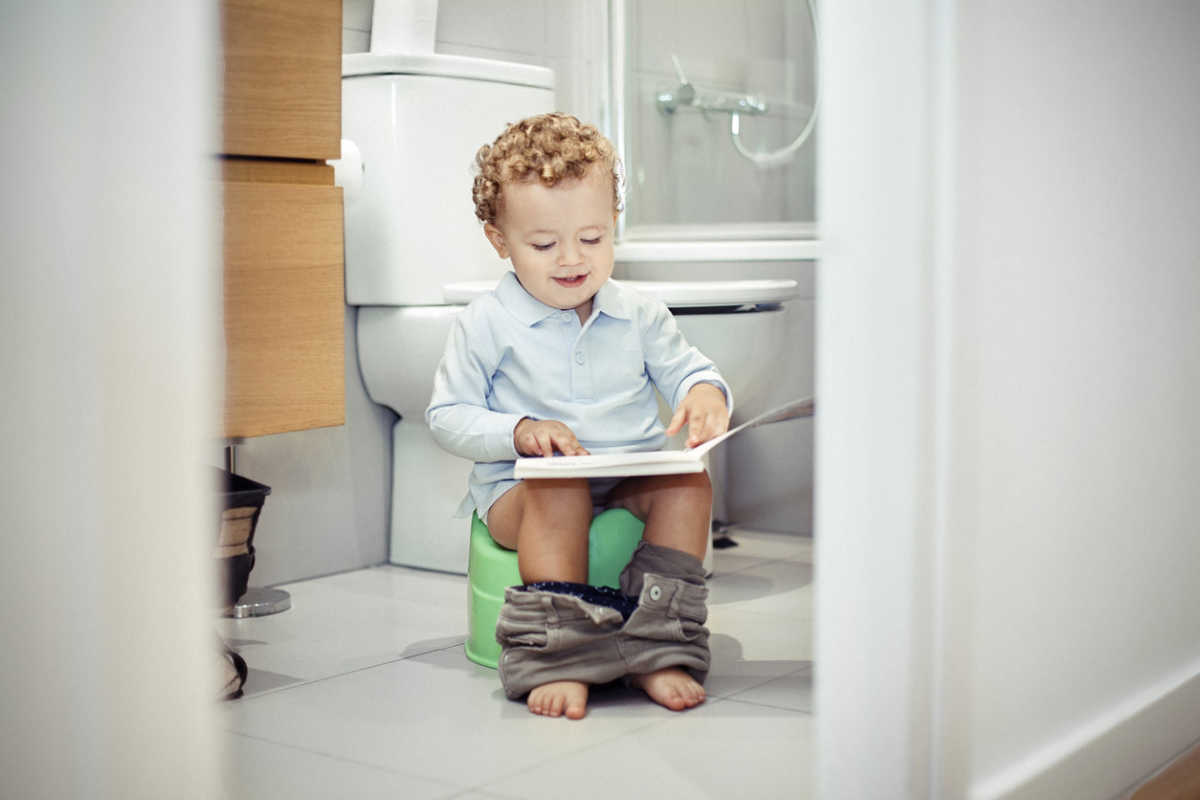
A. Handling resistance or fear of pooping on the potty
Some children may experience resistance or fear when it comes to pooping on the potty. This can be a common issue during potty training. It’s important to be patient and understanding with your child. Offer reassurance and gently explain that it is normal and natural to use the potty for pooping. Encourage them to express their feelings and discuss any concerns they may have. Gradually introduce the idea of pooping on the potty by allowing them to watch you or a sibling as a way to normalize the process.
B. Addressing constipation and other physical issues
If your child is experiencing constipation or other physical issues that make potty training difficult, it’s important to address these problems. Constipation can cause discomfort and make using the potty a stressful experience. Ensure that your child is getting enough fiber in their diet and drinking plenty of water. If the issue persists, consult with a pediatrician to rule out any underlying medical conditions or to explore possible solutions.
C. Offering patience and support during setbacks
Potty training can be a journey with ups and downs. It’s normal for children to have setbacks and accidents along the way. During these times, it’s crucial to offer patience and support to your child. Reassure them that accidents happen and emphasize that it’s part of the learning process. Avoid punishment or shaming, as it can create negative associations with using the potty. Instead, offer encouragement and reinforce positive habits. Remember that every child is unique, and they will eventually get the hang of potty training with your love and support.
By following these guidelines, you can help make the potty training experience comfortable, enjoyable, and successful for both you and your child. Remember, each child is unique, so be patient and flexible during the potty training journey. With consistency and support, your child will master this important milestone.
